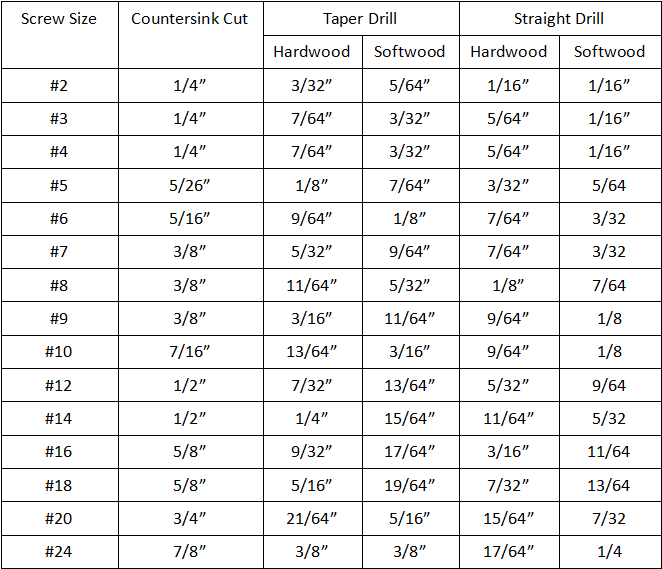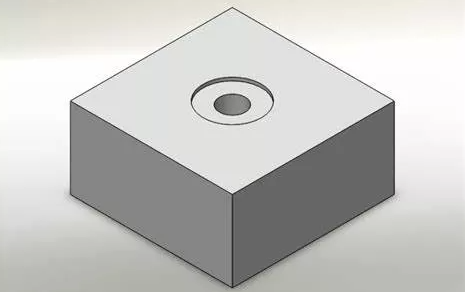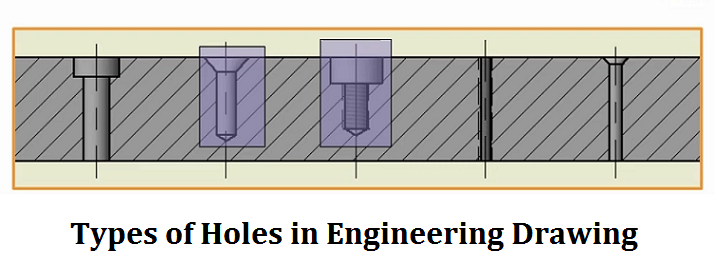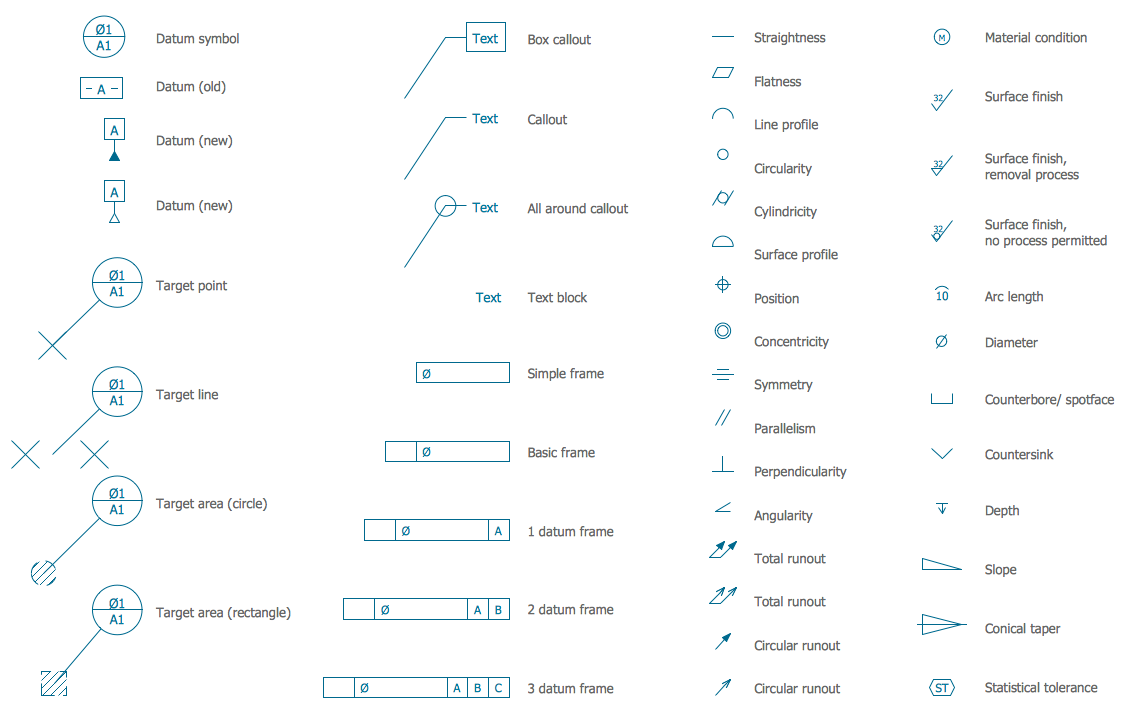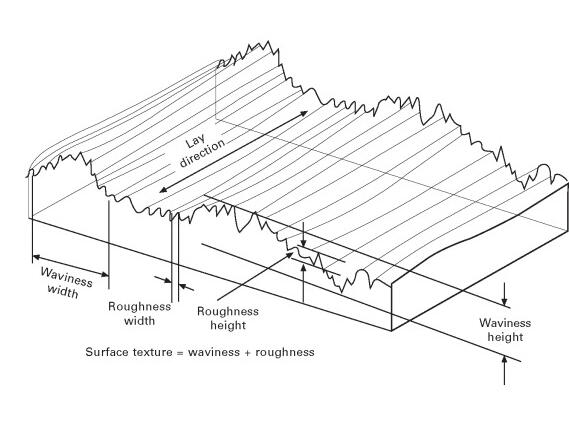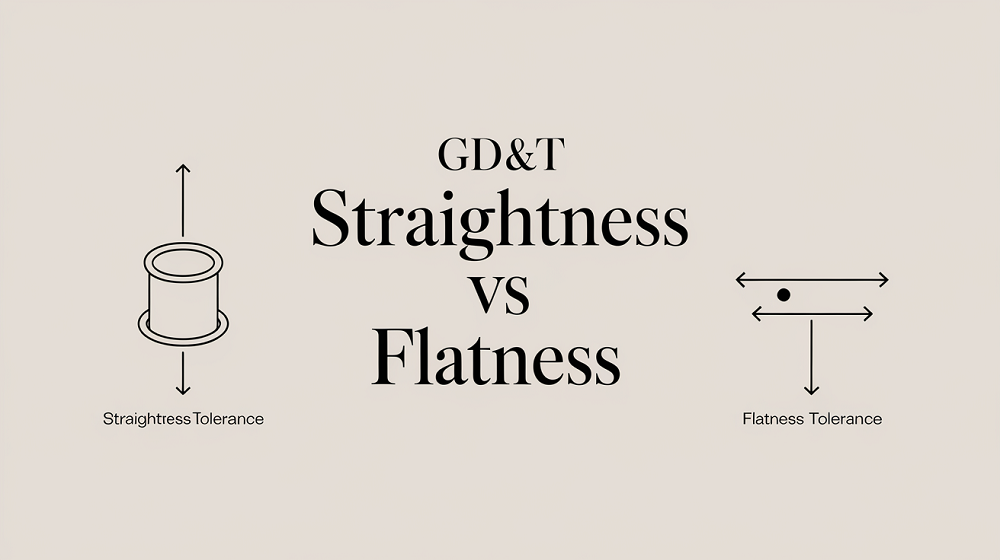When it comes to drilling holes in various applications, it is important to understand the distinctions between counterbore and countersink. Both types of holes serve specific purposes and are widely used in industries ranging from woodworking to mechanical engineering. With this CNC machining guide, we will discuss what is the countersinks and counterbore, and highlight the differences between these two essential hole types.
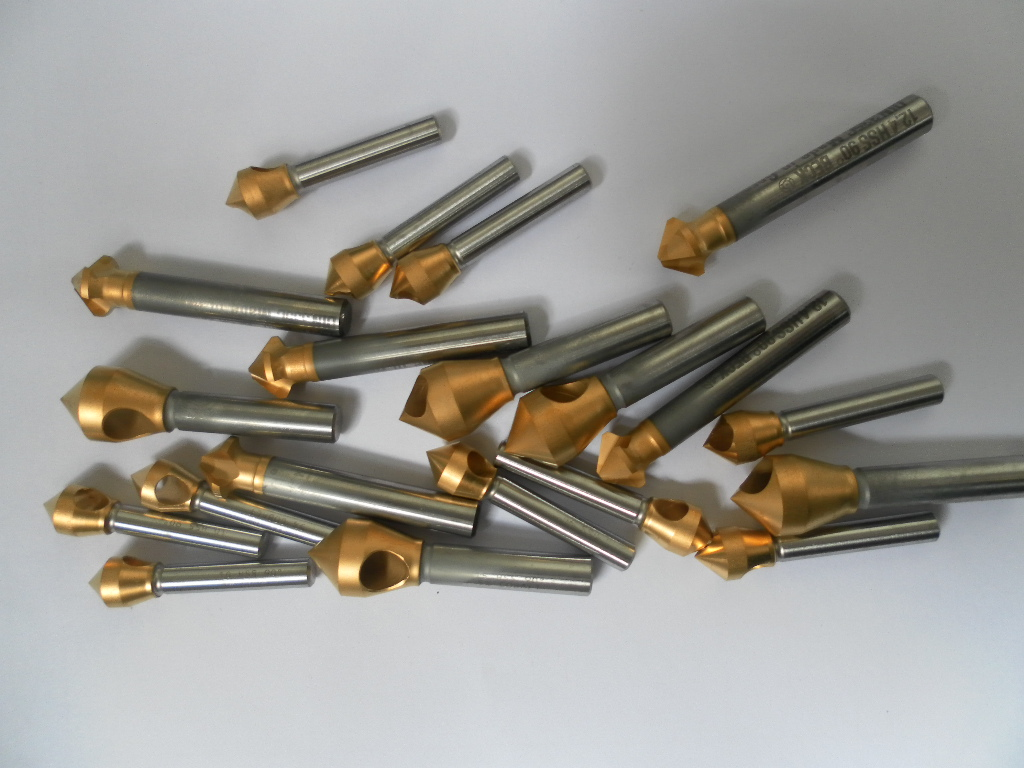
What is Counterbore?
A counterbore is a type of cylindrical recess that is typically cut into a material, often into a hole or the surface of an object. It is used to accommodate the head of a screw, bolt, or other fastener so that it sits flush with or below the surface of the material. Counterbores are often used in woodworking, metalworking, and other industries where it is important for the fastener head to be flush with the material’s surface to avoid protrusions that could interfere with other components or create a smoother finish.
Counterbores are typically created using specialized tools called counterbore drills or counterbore bits. These tools have a pilot bit in the center to guide the cutting edge and create a uniform, cylindrical recess. The size of the counterbore is determined by the diameter of the fastener head and the depth of the recess needed.
Counterbores are commonly used in conjunction with other types of recesses, such as counter sinks, which create a conical recess for the screw’s tapered head. Together, counterbores and counter sinks allow fasteners to be securely attached while maintaining a clean and flush appearance on the material’s surface.
What is Countersink?
A countersink is a conical or beveled recess that is cut into a material, typically at the surface of a hole or an object. It is used to accommodate the tapered head of a screw, bolt, or other fastener, allowing it to sit flush with or slightly below the material’s surface. Countersinking is commonly done in woodworking, metalworking, and various other applications where it’s important for the fastener to be flush with the material to prevent it from protruding or to create a smoother finish.
Countersinks can be created using specialized tools known as countersink bits or countersink drills. These tools have a cutting edge that forms the conical recess. The size of the countersink is typically matched to the size of the fastener’s tapered head.
Countersinking is often used in conjunction with counterbores, which create a cylindrical recess to accommodate the non-tapered part of a fastener (e.g., a screw shank) when a through-hole is being used. Together, countersinks and counterbores provide a way to securely attach fasteners while maintaining a neat and flush appearance on the material’s surface.
What are the Differences Between Counterboring vs Countersinking?
Counterbore and countersink are both machining operations used to create recesses in materials like metal, wood, or plastic, but they serve slightly different purposes and have distinct characteristics. Here are the key differences between counterbore and countersink:
Counterbore vs. Sountersink Symbols:
Counterbore Symbol: The symbol for a counterbore typically consists of a circle with a vertical line in the center. The circle represents the cylindrical recess, and the vertical line represents the hole’s axis. The symbol may also include additional information such as the diameter of the counterbore and its depth. It may be accompanied by dimension notations specifying the diameter and depth of the counterbore.
Here is an example of a counterbore symbol:
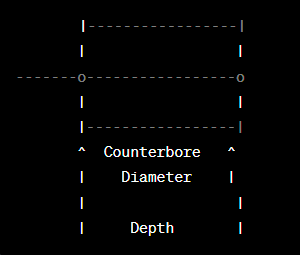
Countersink Symbol: The symbol for a countersink typically consists of a conical shape with a vertical line in the center. The conical shape represents the tapered recess, and the vertical line represents the hole’s axis. Similar to the counterbore symbol, the countersink symbol may include additional information such as the angle of the countersink, the diameter of the larger opening (top of the cone), and the depth of the countersink. Dimension notations may accompany the symbol to provide specific measurements.
Here is an example of a countersink symbol:
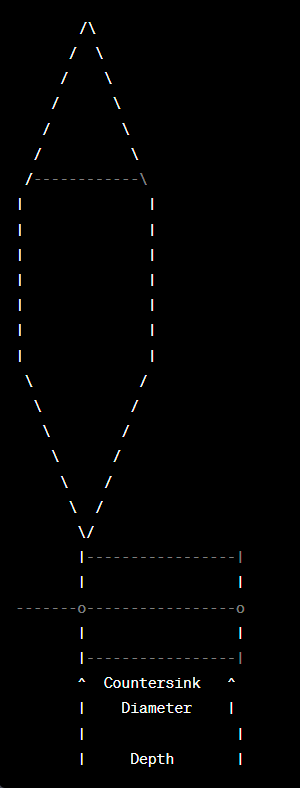
Counterbore vs. Sountersink Purposes:
Counterbore Purpose: The primary purpose of a counterbore is to create a flat-bottomed hole with a larger diameter at the entrance. This larger recess is often used to accommodate the head of a fastener such as a bolt or screw, allowing it to sit flush with or below the surface of the material. Counterbores provide a clean, flat surface for the fastener head to rest on.
Countersink Purpose: Countersinking, on the other hand, creates a conical recess or chamfer at the entrance of a hole. The purpose of a countersink is to allow a screw or bolt to sit flush with or slightly below the surface of the material. It also helps prevent the fastener head from protruding, reducing the risk of snagging or injury.
Counterbore vs. Sountersink Hole Shape:
Counterbore Shape: The recess created by counterboring is cylindrical in shape and has a flat bottom. It is typically larger in diameter than the original hole.
Countersink Shape: The recess produced by countersinking is conical or chamfered, with a sloping surface leading into the hole. The bottom of the hole is not flat but tapers to a point.
Counterbore vs. Sountersink Sizes (Dimensions):
Counterbore Size: The dimensions of a counterbore are usually specified by its diameter and depth. The diameter of the counterbore is typically larger than the diameter of the screw head it accommodates. The depth of the counterbore is determined by how deep you want the screw head to be recessed. Counterbore depths can vary significantly based on the application, ranging from a fraction of an inch to several inches or more.
Countersink Size: The dimensions of a countersink are specified by its angle, diameter, and depth.
The angle of the countersink refers to the angle of the cone, commonly 82° or 90°. The diameter of the countersink is typically larger than the diameter of the screw head or the head of a flat-head screw. The depth of the countersink determines how deep the screw head or flat-head screw will be recessed. Countersink depths can also vary widely based on the application, similar to counterbores.
Counterbore vs. Sountersink Material Thickness:
Counterbore Material: The material thickness affects the depth of the counterbore. The counterbore depth is typically determined by the thickness of the material and the desired position of the fastener head. It is essential to ensure that the counterbore is deep enough to accommodate the entire fastener head while allowing it to sit flush with or below the material surface.
Countersink Material: The material thickness also influences the depth of the countersink, but it has a more significant impact on the aesthetics and functionality of the fastener connection. A thicker material may require a deeper countersink to ensure that the screw or bolt sits flush or slightly below the surface while maintaining the desired angle of the countersink.
Counterbore vs. Sountersink Hole Alignment:
Counterbore Alignment: In a counterbore operation, the new hole (counterbore) is typically aligned concentrically with the original hole. This means that the center of the counterbore is directly in line with the center of the original hole.
Countersink Alignment: In a countersink operation, the new hole (countersink) is typically not aligned concentrically with the original hole. Instead, the countersink is created at an angle to the original hole, resulting in a conical or chamfered recess.
Counterbore vs. Sountersink Tooling:
Counterbore Tool: A counterbore is typically created using a counterbore tool, which consists of a cylindrical cutting head with a pilot drill in the center. The pilot drill creates the initial hole, while the cutting head enlarges the hole to the desired diameter and depth.
Countersink Tool: Countersinking is achieved using a countersink tool or a countersink bit. These tools have angled cutting edges that create the conical recess when they are rotated.
Counterbore vs. Sountersink Applications:
Counterbore Uses: Counterbores are commonly used in applications where it’s essential for the fastener head to be completely flush with or below the material surface. This is often seen in woodworking and metalworking, where aesthetics and a smooth surface finish are important.
Countersink Uses: Countersinks are used when you want the fastener head to be flush or slightly below the material surface but with a more gradual transition. Countersunk holes are prevalent in woodworking, metalworking, and applications where the appearance of the finished product is important.
Counterbores and countersinks are indispensable tools, each serving specific functions in various industries. Understanding the differences between these two types of holes is crucial for selecting the appropriate one for a given application. Counterbores provide clearance for attaching fasteners while keeping their heads flush or below the material surface, whereas countersinks offer a tapered recess to ensure flush seating of screws or bolts. By recognizing their individual characteristics and applications, professionals can make informed decisions when it comes to drilling holes that meet their specific needs.


